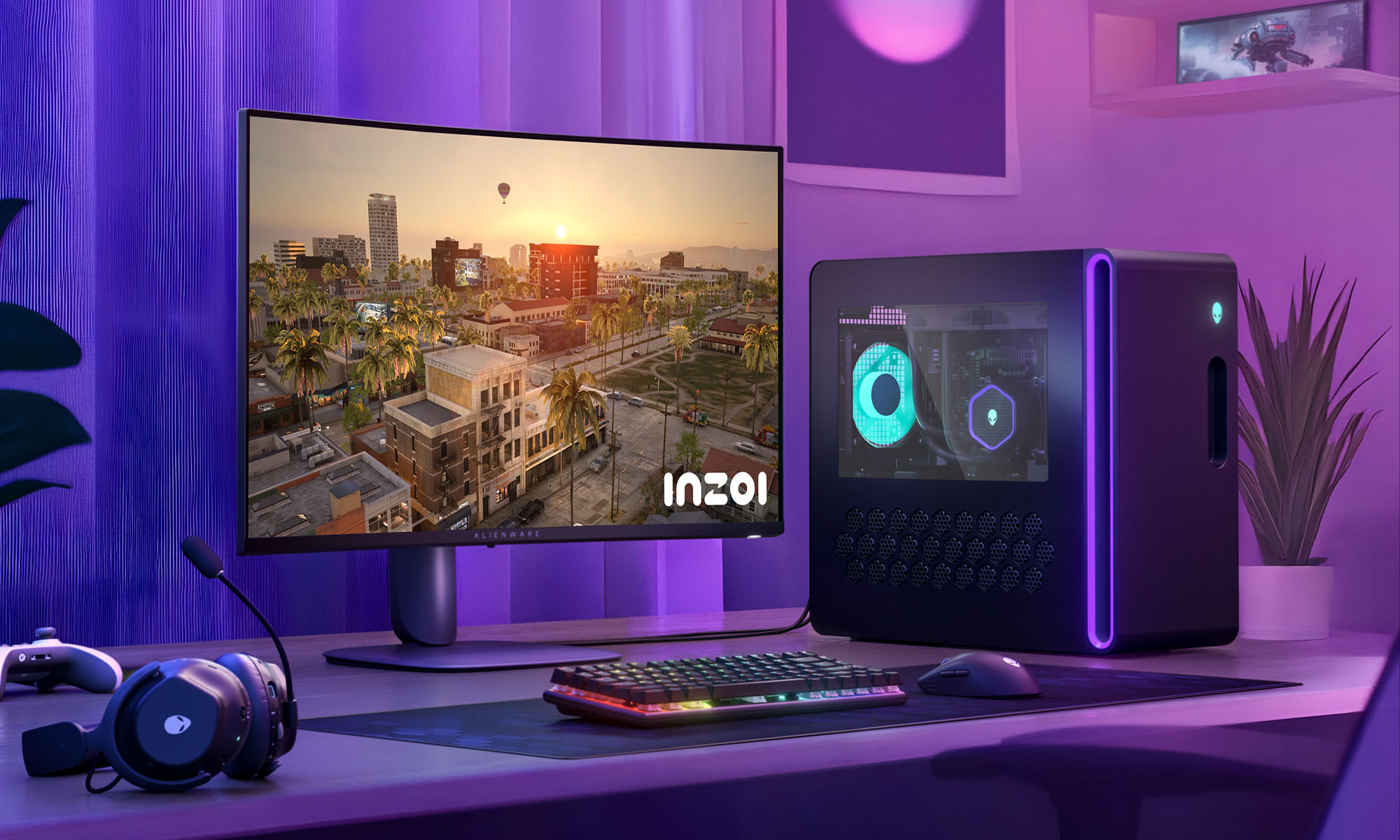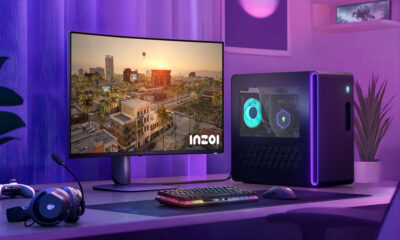News
Adobe Releases Firefly Generative AI Video Tools In Beta
The model powers new features such as Generative Extend and text-to-video, with tools also coming to Photoshop and Frame.io.

Adobe has officially entered the generative AI (GAI) arena by rolling out its Firefly Video Model, designed to power various features across the company’s extensive suite of apps. At Adobe MAX, the company announced that several of these new tools are now available in beta.
One of the standout features, known as Generative Extend, was first previewed earlier this year within Adobe Premiere Pro. The tool enables editors to add AI-generated footage or audio to either the start or end of a clip, which can be particularly helpful when a necessary shot is missing, or the transition feels incomplete.
In September, Adobe also showcased additional tools, including a text-to-video feature similar to those from OpenAI and Meta, as well as image-to-video capabilities. Both of these tools are now available in beta within the Firefly web app — though access may require joining a waitlist.
Like other Firefly models, the Firefly Video Model and its associated features are designed with commercial safety in mind. Content Credentials watermarks are automatically applied to any AI-generated content.
On the Photoshop front, Adobe has also rolled out features that were previewed earlier this year. The latest Firefly Image Model powers Generative Fill and Generative Expand, which Adobe says can create images up to four times faster than before. There’s also the new Generate Similar tool, which allows users to create alternate versions of an object in a photo until they find the ideal match.
Also Read: Best Video Streaming Services In The Middle East
Additionally, Photoshop’s Remove tool has been enhanced with a feature called Distraction Removal. This new option lets users quickly erase certain elements, such as wires, cables, or even people, from images — similar to Google’s Magic Eraser.
Finally, Frame.io V4 has launched, marking the largest update to Adobe’s collaborative platform since its debut nearly a decade ago. With a full redesign aimed at enhancing workflows and improving the video player, the update also introduces support for Canon, Nikon, and Leica’s Camera to Cloud (C2C) feature, meaning most major manufacturers now support direct uploads of photos and videos to Frame.io.
News
Alienware Just Announced Six New Gaming Monitors
The new models include three QD-OLED and three budget-friendly QHD options, expanding the company’s lineup for all gamers.

Alienware has just updated its gaming monitor lineup with six new additions, including the highly anticipated Alienware 27 4K QD-OLED Monitor. The latest wave of releases is set to reach more gamers than ever, offering high-end QD-OLED displays alongside more budget-friendly options.
The latest displays clearly show that the company is doubling down on QD-OLED with three new models sporting the technology. A redesigned Alienware 34 Ultra-Wide QD-OLED Monitor is also making a return, further refining what is already a fan-favorite display.
A Unified Design: The AW30 Aesthetic
All six monitors feature Alienware’s new AW30 design language, first introduced at CES. The AW30 aesthetic brings a futuristic, minimalist look that unites the entire lineup under a cohesive visual identity.
Pushing QD-OLED Even Further
The refreshed Alienware 34 Ultra-Wide QD-OLED Monitor (AW3425DW) builds on its predecessor’s success with a 240Hz refresh rate (up from 175Hz) and HDMI 2.1 FRL support. It also gains G-SYNC Compatible certification alongside AMD FreeSync Premium Pro and VESA AdaptiveSync, ensuring ultra-smooth performance. With a WQHD (3440×1440) resolution and an 1800R curve, this display enhances immersion for both gaming and cinematic experiences.
For those who crave speed, the Alienware 27 280Hz QD-OLED Monitor (AW2725D) pairs a high refresh rate with QHD resolution, balancing sharp visuals with ultra-smooth gameplay. Meanwhile, the Alienware 27 4K QD-OLED Monitor (AW2725Q) delivers stunning clarity with an industry-leading pixel density of 166 PPI, making it the sharpest OLED or QD-OLED monitor available.
Also Read: Infinite Reality Acquires Napster In $207 Million Deal
Worried about OLED burn-in? Alienware’s entire QD-OLED lineup comes with a three-year limited warranty covering burn-in concerns, offering peace of mind for gamers investing in these high-end displays.
Bringing QHD To A Wider Audience
Alongside QD-OLED, Alienware is also releasing three new QHD gaming monitors aimed at more price-conscious gamers. The Alienware 34 Gaming Monitor (AW3425DWM), Alienware 32 Gaming Monitor (AW3225DM), and Alienware 27 Gaming Monitor (AW2725DM) provide a range of sizes and formats to suit different preferences:
- The Alienware 34 Gaming Monitor (AW3425DWM): An ultrawide (WQHD) option for a panoramic, immersive experience.
- The Alienware 32 Gaming Monitor (AW3225DM): A standard 16:9 panel for a traditional but expansive desktop setup.
- The Alienware 27 Gaming Monitor (AW2725DM): A 27” display offering the same performance in a more compact form factor.
All three gaming monitors feature a fast 180 Hz refresh rate, a 1ms gray-to-gray response time, and support for NVIDIA G-SYNC, AMD FreeSync, and VESA AdaptiveSync to eliminate screen tearing. Additionally, with 95% DCI-P3 color coverage and VESA DisplayHDR400 certification, these displays deliver vibrant colors and high dynamic range for lifelike visuals.
























